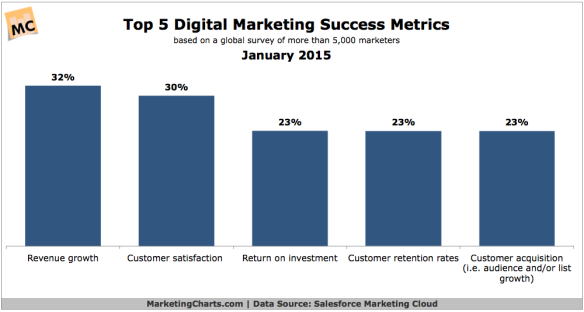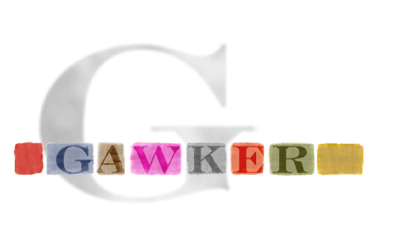I just made a big decision and I feel as though a huge weight has been lifted off my shoulders: I gave myself permission to not write the two dozen posts I had in various stages of draft because I just wasn’t feeling them.
Understand that these were all sitting there, either as ideas half-mapped out in Evernote, as links and headlines in Wunderlist or even just saved links in Pocket, and were creating immense pressure. “When am I going to be able to write them? What am I going to say that is unique and interesting? Has too much time passed for this to be interesting? Should I still write it anyway?” All these and other questions were pressing on me each day, days that only brought something interesting to write about.
Pulling the cord and clearing out the baffles (yes, I’m mixing my metaphors. My blog, my rules) was tough though. I consider myself to be, first and foremost, a writer. That despite how most of what I do each day is manage editorial calendars and answer emails. So saying “I’m not going to write about X” was a hard – HARD – decision to make that involved no little amour of internal debate and self-loathing.
I realized, though, in looking at all the potential topics to write about that I wasn’t feeling passionate about any of them. And, more importantly, that there *were* things I was feeling passionate about writing.
Mostly I was feeling the need to keep writing about social media industry topics because…and that’s where the question hit me. Why was I feeling the need to compete in a race I had no interest in winning? It’s 2014. I’m 40 and I’ve been doing this social media thing for well over 10 years now. My reputation is what it is, whatever that might be. Writing 15 blog posts over the course of the next two weeks with my opinions on the latest news out of Snapchat, Facebook and so on probably isn’t going to move the needle much or do anything further to position me as a “thought leader,” whatever that term means these days.
There are all sorts of ancillary questions that are coming up along with this that I may go into later. But for now I’m deciding that I’m going to take a bit of a break from commenting on the news of the day (aside from my regular contributions to PNConnect) and stick with what I feel most called to write. That’s going to push me well outside my comfort zone, but if I’m not going to take the opportunity to do so that a new year, coupled with turning 40, affords me to do so then I may as well stop doing all this soul-searching and settle into mediocrity. That’s somewhere I’ve been hanging out far too long. It’s time for a change.
More to come.



